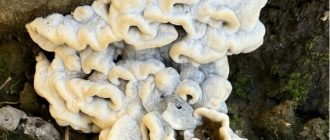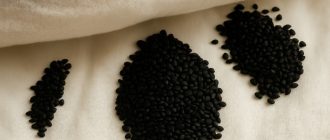🧀 Ever wondered why your fancy cheese has fewer holes than it used to? Turns out, it’s not about bacteria—it’s about how clean our milk is today. Scientists discovered that those iconic gaps were actually caused by microscopic hay and dust falling into the milk during old-school milking. Modern machines? Too sterile for holes 😅 Details in the full article below 👇
We all recognize those iconic holes in cheese—especially in classic varieties like Swiss. They’ve been a symbol of quality and tradition for generations. But if you’ve noticed that pricier cheeses today seem to have fewer of those signature gaps, you’re not imagining it. Scientists have finally figured out why—and the answer might surprise you.
For more than a century, the most accepted explanation was that certain bacteria were responsible for the holes. Specifically, propionic acid bacteria were thought to release carbon dioxide during fermentation. That trapped gas would form bubbles, which later turned into the visible holes we see when the cheese is sliced. This theory, proposed back in 1917 by American scientist William Clark, went unchallenged for decades.
But everything changed in 2015.
Researchers at the Agroscope Institute in Switzerland began digging deeper into the mystery after noticing a surprising trend: modern cheeses, especially premium ones, were showing fewer and fewer holes. And in some cases, the holes had vanished entirely.
After thorough investigation, scientists discovered that bacteria weren’t the real culprit after all.
The key factor behind those classic cheese holes? Microscopic particles, like specks of hay or dust, that used to fall into milk during manual milking. These tiny bits acted as “seeds” where gas could gather, forming bubbles—and eventually, holes.

Back in the day, when cows were milked by hand and milk was poured into open buckets, it was almost impossible to avoid such impurities. But with the widespread use of modern milking machines and sealed collection systems, milk today is cleaner than ever—too clean, in fact, to create the same number of holes.
As a result, the signature gaps are disappearing from cheeses made with highly sterile methods.
So what’s the fix? Some producers are now intentionally adding microscopic particles—like tiny straw fragments—back into the milk to restore that traditional look and texture. While the holes don’t actually change the taste or quality of the cheese, many food lovers insist that the flavor somehow just isn’t the same without them.
Have you ever noticed fewer holes in your favorite cheese? Do you think it changes the flavor—or is it just about looks? Share your thoughts in the comments!







